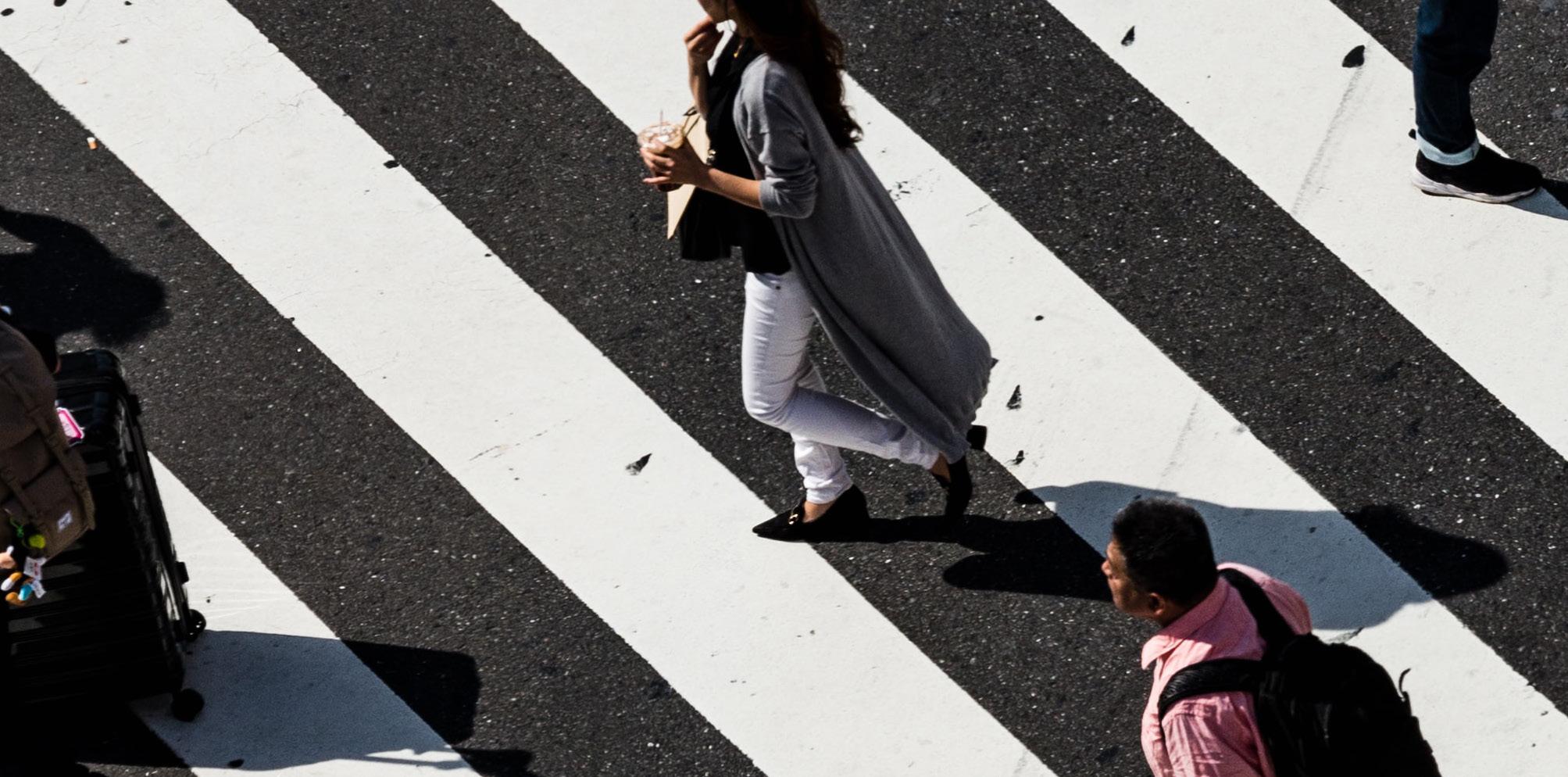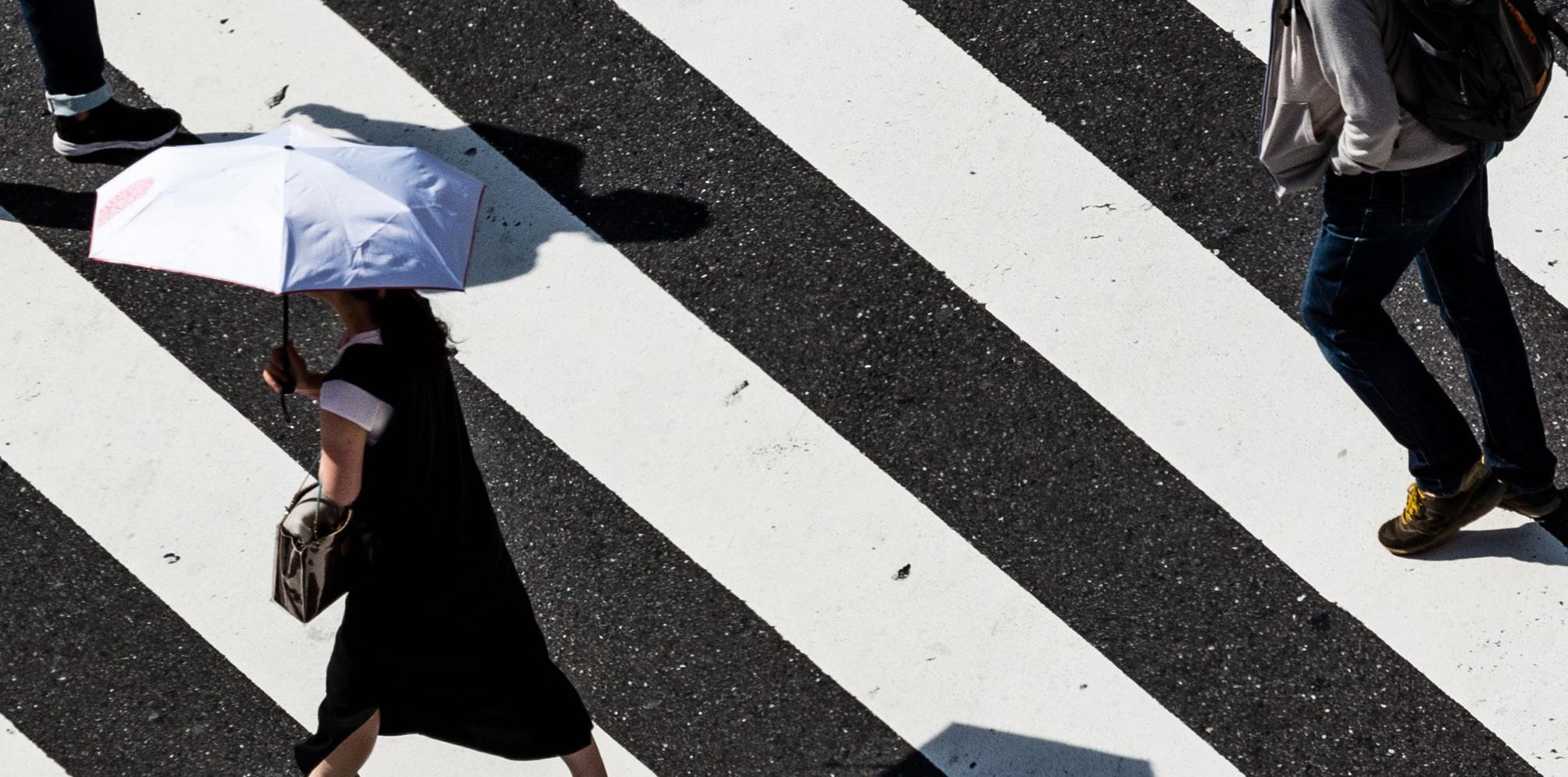
2 minute read
Introduction to Gender Equity
Cities need well-designed transit networks to efficiently move the thousands of people that rely on it. When designing
the roads and connections, a city needs to acknowledge both methods of transit. There is private transit, such as cars and taxis and there is public transit such as buses, subways and streetcars. Altogether, they provide a way for people to stay connected. Urban designers play a key role when creating the roads, systems and paths that establish these connections. It is the responsibility of the designers to create transit systems that acknowledge the needs of everyone utilizing it.
Advertisement
On paper, transit systems are designed
for everybody. However, in real-world application transit systems misrepresent women’s needs (Criado-Perez, 2019,
p.32). Similar to most things designed in our world, the default human is recognized
as male. Women are not recognized as
having different needs than men and are lumped into one default male category. The lack of female representation can lead to inequalities. There has to be rules and policies in place to ensure diverse representation on our streets. Municipalities and private designers have to start implementing design practices that meet gender equity standards. Ultimately, we have to look towards a future where transit systems are designed for the specific needs of both women and men. The purpose of this research is to discuss
14
and understand the experiences of women using urban public transportation systems. Many women experience problems when using public transit and this thesis will provide some perspective on this. The 320 Yonge Southbound line in Toronto, Ontario
will be the case study for poor gendermainstreaming planning. Researching and exploring progressive transit systems around the world will help to gain insight and encourage solutions in other cities. Vienna, Austria will be the precedent study for progressive gender sensitive urban planning since it can lead by example for the rest of the world. The product of this research is the Gender Inclusive Public Transit Guide for landscape architects. The goal of this thesis is for professionals
15
Figure 1.0 Urban crosswalk (Ryoji Iwata, 2019).

to better understand women’s issues in public
transit. Learning from the mistakes of the past can help to achieve a future that is gender inclusive.
This thesis uses a variety of gender specific terms. For clarity, when the term “female” and “women” are mentioned, they are referring to cisgendered and transgendered women. The research analyzed in this thesis lacks the
perspective of non-binary people. This does not mean that the problems mentioned cannot apply to non-binary individuals, it means the research hasn’t disaggregated the data
to account for them. In addition to women, researchers need to gain the perspective of non-binary people going forward so experts can design cities for their specific needs.










